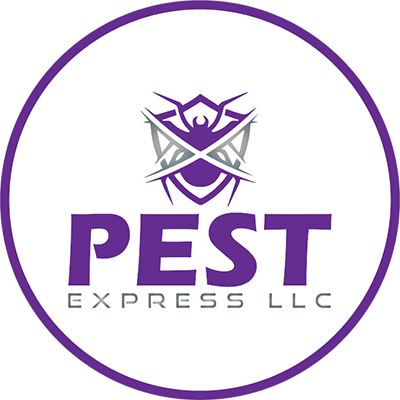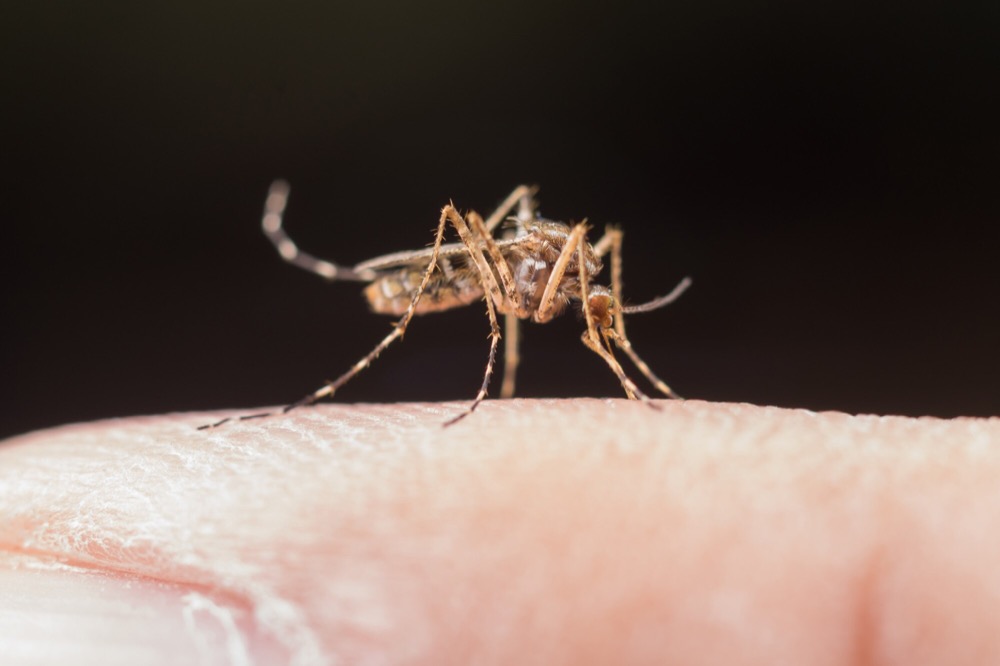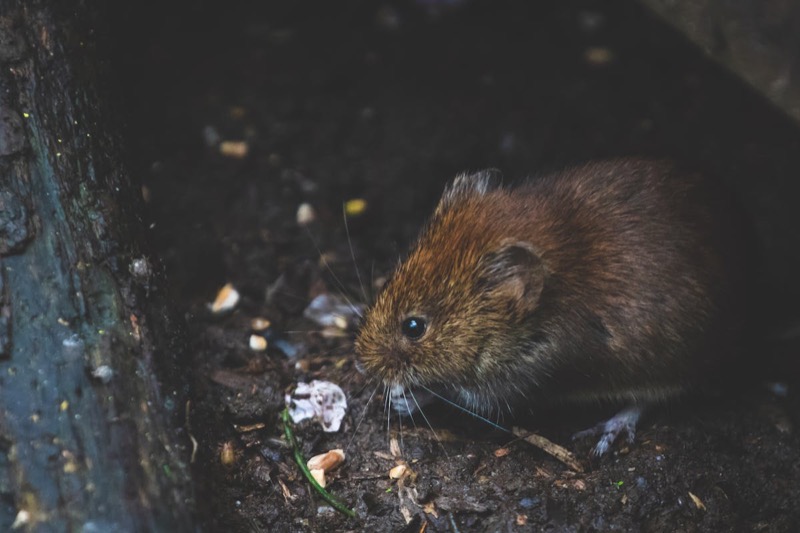Pest Express, LLC delivers top-rated pest control services in Maryland and Washington, DC. Our skilled technicians use advanced equipment and effective methods to eliminate a wide range of pests, from insects and rodents to bed bugs and stink bugs. We offer maintenance plans, preventative inspections, and cleaning services for healthier homes and businesses. With years of experience and a dedicated team, we provide exceptional service and long-term solutions. Trust Pest Express for affordable, eco-friendly, and detail-oriented pest control that gives you peace of mind year-round.
How to Identify Common Household Pests in the Maryland & DC Area
For residents of Maryland and Washington DC, dealing with household pests is an unfortunate reality. Knowing how to identify these unwanted visitors is crucial for effective pest control. This comprehensive guide will help you recognize and understand the most common household pests in our area.
By learning to identify these pests, you'll be better equipped to take appropriate action and protect your home. Whether you're dealing with ants, cockroaches, bed bugs, or rodents, this guide will provide you with the knowledge you need to spot these invaders early.
Visual Identification of Common Pests
In Maryland and DC, some of the most frequently encountered pests include ants, cockroaches, bed bugs, and rodents. Let's take a closer look at each:
- Ants: The most common ant species in our area are odorous house ants, pavement ants, and carpenter ants. Odorous house ants are small (1/16 to 1/8 inch) and dark brown to black. Pavement ants are slightly larger and often nest in or under cracks in pavement. Carpenter ants are the largest, reaching up to 1/2 inch, and can be black, red, or a combination of both.
- Cockroaches: The German cockroach and the American cockroach are prevalent in Maryland and DC. German cockroaches are light brown to tan and about 1/2 inch long. American cockroaches are reddish-brown and can grow up to 2 inches in length.
- Bed Bugs: Bed bugs are small, oval, brownish insects about the size of an apple seed. After feeding, they swell and become a reddish color. These pests are often found in the seams of mattresses, bed frames, and other furniture.
- Rodents: The most common rodents in our area are house mice and Norway rats. House mice are small (3-4 inches long) with pointed snouts and large ears. Norway rats are larger (7-9 inches long) with blunt snouts and small ears. Both can cause significant damage to homes and pose health risks.
Behavioral Patterns of Common Pests
Understanding the behavior of these pests can help in their identification. Ants typically move in trails and are often seen around food sources or water. They are most active during the day and can be spotted foraging for food in kitchens, bathrooms, and other areas of the home.
Cockroaches are nocturnal and prefer dark, moist environments. They often hide in cracks and crevices during the day and come out at night to feed. Bed bugs are also nocturnal and tend to hide in mattresses, bed frames, and other furniture. They typically feed on human blood every 5-10 days. Rodents are most active at night and leave evidence of gnawing on various materials. They often create nests in hidden areas of the home and can be heard scurrying in walls or attics.
Signs of Infestation
In Maryland and DC homes, there are several indicators of pest infestations. For ants, look for trails leading to food sources. You may also find small piles of sawdust-like material near wooden structures, which could indicate carpenter ant activity.
Cockroach infestations often produce a musty odor and leave behind dark, pepper-like droppings. You may also find egg cases or shed skins. Bed bugs leave rusty or reddish stains on bed sheets or mattresses, and you may notice small dark spots on bedding or nearby furniture. Rodents leave droppings, gnaw marks, and may create nests using shredded materials. You might also hear scratching sounds in walls or ceilings, especially at night.
Seasonal Pest Trends in Maryland and DC
Pest activity in our area often follows seasonal patterns. Spring and summer see an increase in ant activity, as these insects become more active in warmer weather. You may notice more ants in your home as they search for food and water. Cockroaches are more prevalent in the warmer months but can be a year-round problem, especially in urban areas of DC and Baltimore.
Bed bugs don't have a specific season but may increase with summer travel, as people unknowingly bring them home from hotels or other accommodations. Rodents often seek shelter indoors during the fall and winter months, so you may notice more activity in your home as the weather cools. Stink bugs and boxelder bugs are also common fall invaders in Maryland and DC homes.
- Mosquitoes are most active in Maryland and DC from April to October
- Termite swarms typically occur in spring, often after a warm rain
- Wasps and hornets are most aggressive in late summer and early fall
- Ticks are a year-round concern but are most active from March to mid-May and from mid-August to November
- Spiders often become more visible indoors in early fall as they seek mates
- Cluster flies may invade homes in large numbers during late fall, seeking warmth
Health Risks Associated with Common Pests
Many of these pests pose significant health risks to Maryland and DC residents. Ants can contaminate food, potentially leading to food poisoning. Some species, like fire ants, can also cause painful stings. Cockroaches are known to trigger asthma and allergies, especially in children. Their droppings, saliva, and shed skins can all contribute to respiratory issues.
Bed bugs, while not known to transmit diseases, can cause allergic reactions in some people. Their bites can be itchy and uncomfortable, leading to secondary skin infections if scratched excessively. Rodents can spread various diseases through their droppings, urine, and saliva. These include hantavirus, leptospirosis, and salmonellosis. They can also introduce fleas and ticks into your home, which carry their own set of health risks.
Local Species Prevalent in Maryland and DC
While many pest species are common across the United States, some are particularly prevalent in our area. The brown marmorated stink bug, while not native, has become a significant pest in Maryland and DC. These shield-shaped bugs often invade homes in large numbers during the fall, seeking warmth. While they don't pose a health risk, they can be a significant nuisance.
The emerald ash borer is another invasive species affecting our local ash trees. While not a direct household pest, the damage they cause to trees can lead to property damage and increased costs for homeowners. The spotted lanternfly is a newer invasive pest that residents should be aware of. Originally from Asia, this colorful insect has been spreading through the Mid-Atlantic region and can cause significant damage to trees and crops.
Identifying common household pests is the first step in effective pest management for Maryland and DC residents. If you suspect a pest infestation in your home, it's always best to consult with a professional pest control service, like Pest Express LLC. We can provide accurate identification and develop a targeted treatment plan to keep your home pest-free.
Remember, early identification and prompt action are key to preventing small pest problems from becoming major infestations in your Maryland or DC home. By staying vigilant and knowing what to look for, you can protect your home and family from the nuisance and potential health risks associated with these common household pests. Take the first step towards a pest-free home today. Contact Pest Express LLC at 240-914-8648 to schedule an inspection or request a free quote. Don't wait until a small problem becomes a major infestation – reach out to Pest Express LLC now and reclaim your home from unwanted pests.
‹ Back







